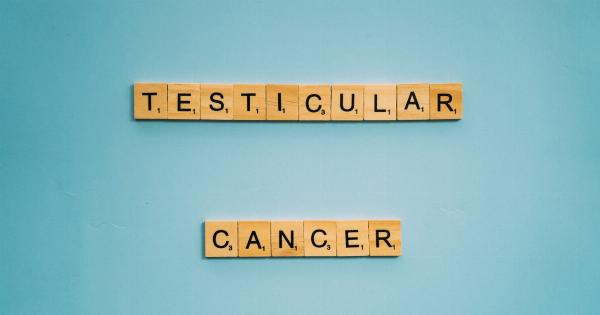A recent study has revealed a concerning link between a specific gene related to tanning and an increased risk of testicular cancer.
Researchers have identified a variant of the MC1R gene, commonly associated with red hair and fair skin, that may significantly raise the likelihood of developing this particular cancer. The findings shed light on the underlying genetic factors that contribute to testicular cancer susceptibility, emphasizing the importance of further research and awareness.
The Study and Findings
The study, conducted by a team of scientists from various institutions, including the University of California San Francisco and Stanford University, aimed to investigate the genetic determinants of testicular cancer.
By analyzing the genomes of thousands of individuals, the researchers honed in on the MC1R gene as a potential candidate for their investigation due to its strong association with pigmentation traits.
Testicular cancer is the most common cancer affecting young men, typically occurring between the ages of 20 and 34.
While several risk factors for this form of cancer have been identified, such as family history, undescended testicles, and abnormal testicular development, the influence of genetic variants has remained largely unknown.
Upon examining the genomes, the researchers discovered a particular variant of the MC1R gene that appeared more frequently in individuals diagnosed with testicular cancer compared to the control group.
This variant is commonly found in individuals with red hair, fair skin, and a tendency to burn rather than tan when exposed to ultraviolet (UV) radiation from the sun.
The authors of the study suggest that this MC1R variant affects the production and regulation of melanin, the pigment responsible for hair, skin, and eye color as well as the body’s response to UV radiation.
This impairment in melanin production may make individuals more vulnerable to testicular cancer.
Implications and Future Research
These findings provide valuable insights into the relationship between genetic predisposition and testicular cancer development. Understanding the role of the MC1R gene variant opens up new avenues for targeted screenings and preventative measures.
Further research is necessary to investigate the specific mechanisms by which this gene variant contributes to testicular cancer risk.
Scientists could explore the interactions between the MC1R gene and other genes involved in melanin production, as well as the impact of UV radiation on testicular cells.
Additionally, this study underscores the importance of early detection and regular screenings for testicular cancer.
With a better understanding of the genetic factors at play, healthcare professionals can tailor their screening approaches to higher-risk individuals, potentially leading to earlier detection and improved outcomes.
It is worth noting that while individuals with fair skin and red hair are suggested to be at a higher risk due to the MC1R variant, anyone can develop testicular cancer.
Therefore, maintaining overall testicular health and being aware of any changes or abnormalities is crucial for all individuals.
Protective Measures and Risk Reduction
Although the presence of the MC1R gene variant may increase the chances of developing testicular cancer, individuals can take certain precautionary measures to reduce their risk.
1. Self-Examinations: Perform regular testicular self-examinations to familiarize yourself with the normal size and shape of your testicles.
Any unusual lumps, swelling, or changes should be promptly reported to a healthcare professional.
2. Sun Protection: Since the MC1R gene variant is associated with reduced protection against UV radiation, it becomes crucial to minimize exposure to the sun.
When spending time outdoors, seek shade, wear protective clothing, and apply a broad-spectrum sunscreen with a high SPF.
3.
Healthy Lifestyle: Maintaining a healthy lifestyle, including regular exercise, a balanced diet, and avoiding tobacco and excessive alcohol consumption, can contribute to overall well-being and potentially lower the risk of developing cancer.
4. Genetic Counseling: Individuals with a family history of testicular cancer or known genetic mutations should consider seeking genetic counseling.
Genetic counselors can provide personalized insights and guidance based on an individual’s specific genetic makeup.
Conclusion
The discovery of a significant association between the MC1R gene variant and testicular cancer risk highlights the importance of genetic research in understanding and combating this disease.
By identifying specific genetic factors, scientists can develop targeted strategies for screening, prevention, and early detection.
Individuals should remain vigilant about their testicular health, regardless of hair or skin color, and seek medical attention if any abnormalities are detected.
Ultimately, continued research in this field will enhance our understanding of testicular cancer and pave the way for improved diagnostic methods, treatments, and ultimately, better outcomes for those affected.





























